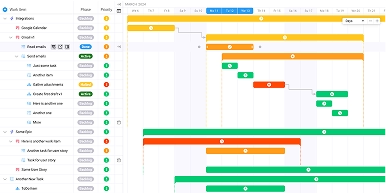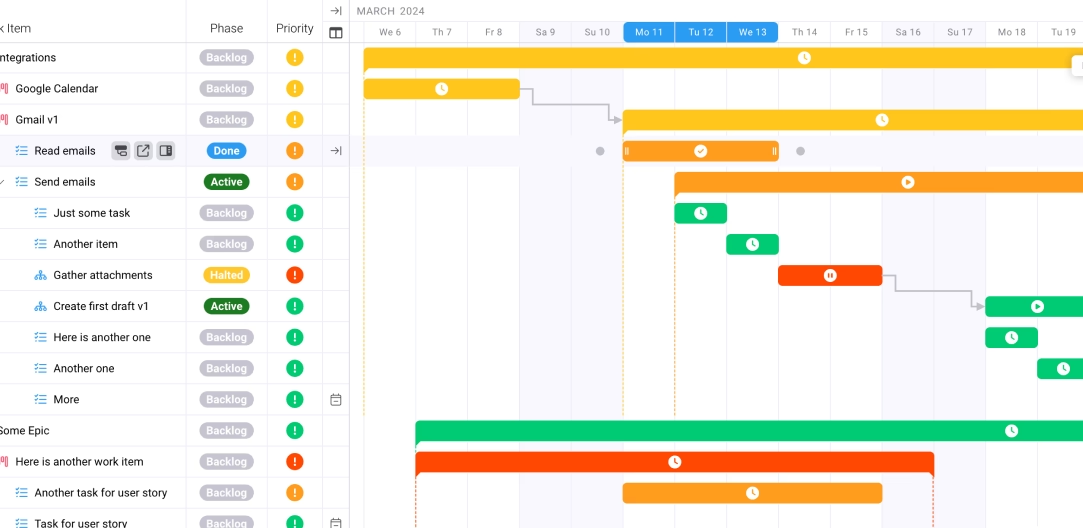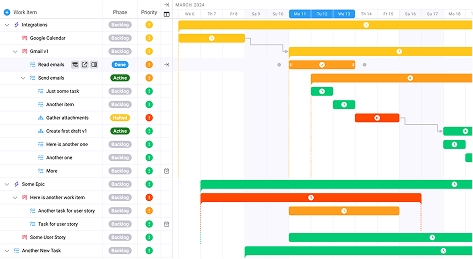
Top Pricing Strategies for Agencies in 2025
Key takeaways:
Pricing is one of the most powerful levers an agency can pull to drive growth, increase profitability, and attract ideal clients. Yet, many agencies struggle with setting the right pricing strategy—either undercharging for high-value work or relying on outdated models that limit scalability.
In this comprehensive guide, we’ll explore the top pricing strategies for agencies in 2025, how to align them with your business goals, and actionable tips to optimize your pricing for long-term success.
Why Pricing Strategy Matters More Than Ever
In today’s competitive landscape, pricing is more than just a number—it’s a reflection of your agency’s value, positioning, and growth ambitions. A well-crafted pricing strategy can:
- Enhance profitability by ensuring you’re compensated fairly for your expertise.
- Attract ideal clients who value quality over cost.
- Provide scalability by aligning pricing with your agency’s growth objectives.
Conversely, poor pricing decisions can lead to:
- Underpaid work, resulting in burnout and low morale.
- Client churn, due to misaligned expectations.
- Stagnant growth, as profits are reinvested inefficiently.
Research indicates that even a modest 1% increase in pricing can lead to an average 11% boost in profits, underscoring the transformative power of strategic pricing adjustments.
Common Agency Pricing Models
Understanding the various pricing models available can help you choose the one that best fits your agency’s services and goals.
1. Hourly Rate Pricing
Charging clients based on the time spent on their projects.
Pros:
- Simple to implement.
- Transparent for clients.
Cons:
- Limits scalability.
- Focuses on time spent rather than value delivered.
Best for: Short-term projects or when scope is uncertain.
For industry benchmarks, see the Agency Pricing & Financials Report from HubSpot.
2. Project-Based Pricing
Setting a fixed price for a specific project scope.
Pros:
- Predictable revenue.
- Encourages efficiency.
Cons:
- Scope creep can erode profits.
- Requires accurate project scoping.
Best for: Well-defined projects with clear deliverables.
3. Retainer Pricing
Clients pay a recurring fee for ongoing services.
Pros:
- Stable, predictable income.
- Builds long-term client relationships.
Cons:
- May lead to complacency.
- Requires consistent value delivery.
Best for: Ongoing services like SEO, content marketing, or social media management.
4. Value-Based Pricing
Pricing based on the perceived value to the client rather than time or cost.
Pros:
- Aligns price with client outcomes.
- Potential for higher margins.
Cons:
- Requires deep understanding of client business.
- Can be challenging to quantify value.
Best for: High-impact projects where the value delivered is significant.
For a comprehensive overview, refer to Investopedia’s article on Value-Based Pricing.
5. Performance-Based Pricing
Compensation tied to specific results or KPIs.
Pros:
- Aligns agency incentives with client goals.
- Demonstrates confidence in your work.
Cons:
- Revenue can be unpredictable.
- Success may depend on factors outside your control.
Best for: Campaigns with clear, measurable objectives.
6. Points-Based Pricing
Clients purchase a set number of points to allocate across services.
Pros:
- Flexible for clients.
- Simplifies service bundling.
Cons:
- May be confusing for new clients.
- Requires clear point-to-service mapping.
Best for: Agencies offering a variety of services with varying levels of effort.
Choosing the Right Pricing Model for Your Agency
Selecting the appropriate pricing model depends on several factors:
- Service offerings: Complex, high-value services may benefit from value-based pricing, while standardized services might suit project-based or retainer models.
- Client expectations: Understand what your clients value and how they prefer to pay.
- Agency goals: Align your pricing strategy with your growth and profitability objectives.
It’s also common for agencies to use a hybrid approach, combining different models to suit various services and clients.
For a broader perspective on pricing strategies across different industries, check out McKinsey’s insights on proven pricing strategies.
Strategies to Optimize Your Pricing for Growth
Implementing the right pricing model is just the beginning. Here are additional strategies to enhance profitability:
1. Regularly Review and Adjust Prices
Don’t set your prices and forget them. Regularly assess your pricing strategy to ensure it aligns with market rates, your costs, and the value you provide.
A recent Forbes article helps you learn how to raise your rates without losing clients.
2. Introduce Tiered Pricing
Offer multiple pricing tiers to cater to different client needs and budgets. This can help you upsell services and increase average deal size.
3. Avoid Undervaluing Your Services
Ensure your prices reflect the quality and value of your work. Undervaluing can lead to unsustainable workloads and diminished perceived value.
4. Implement Clear Scoping and Change Management
Define project scopes clearly and establish processes for handling changes. This prevents scope creep and ensures additional work is compensated.
Consider using a scope of work (SOW) template to maintain consistency.
5. Leverage Technology for Efficiency
Utilize tools for time tracking, project management, and resource planning to improve efficiency and provide data to support your pricing decisions.
Explore a list of the best project management software to support your operations.
Communicating Your Pricing to Clients
Transparent and confident communication about your pricing builds trust and sets the stage for successful engagements.
- Explain the value: Clearly articulate the benefits and outcomes clients can expect.
- Be upfront: Discuss pricing early in the sales process to ensure alignment.
- Provide options: Offering different pricing tiers or models can give clients flexibility and control.
For help framing your pricing in conversations, check out Salesforce’s guide to handling pricing objections.
Conclusion
Pricing your agency services effectively is crucial for growth and profitability. By understanding the top pricing strategies for agencies in 2025 and aligning them with your services, client expectations, and business goals, you can create a sustainable and scalable agency.
Remember, the right pricing strategy not only reflects the value you provide but also positions your agency for long-term success.









